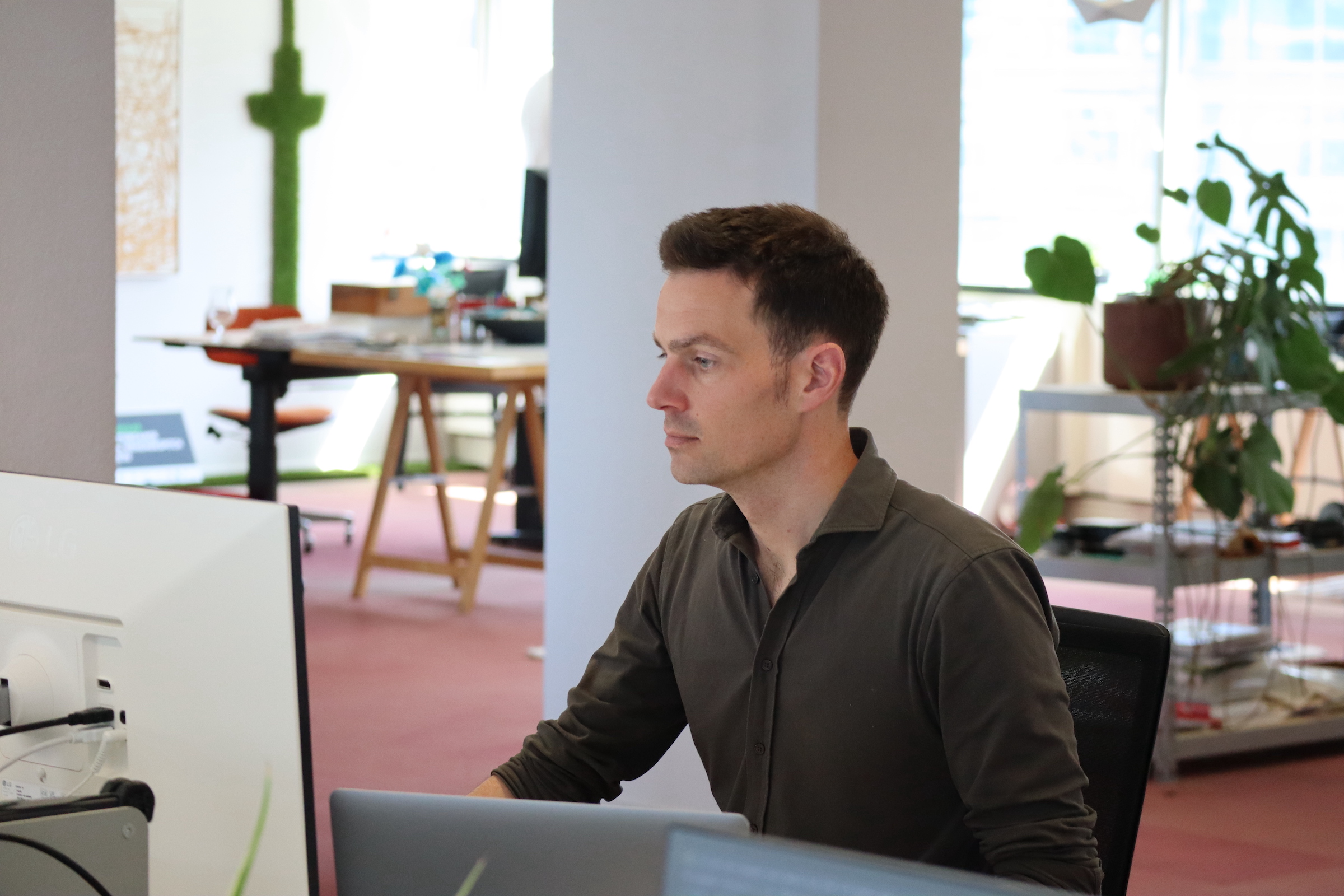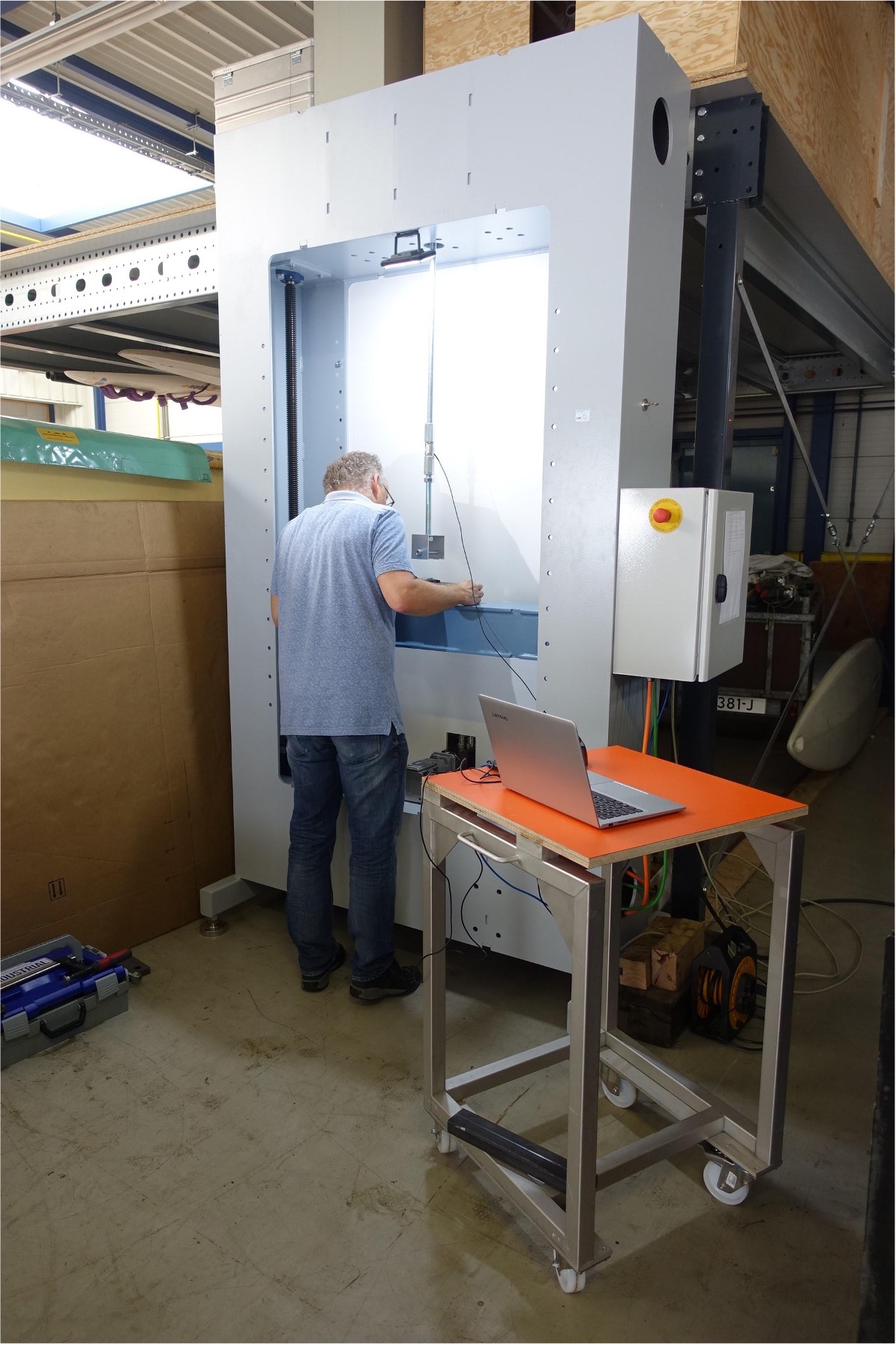Service explained
With our white label platform we create client specific online tools.

Programming
Programming skills open up a world of opportunity. Beside it being the core skill to shape our platform it allows us to automate other tasks as well such making technical drawings, PDF reports and 3D models.

Engineering
The online tools that are created primarily revolve around technical products. In this context, it is essential that the tools are not only user-friendly, but that the outcomes are also logical, meaningful, and of high quality. The objective is, after all, to develop tools that guide customers towards products that are not only safe and feasible to manufacture but also economically viable to sell.
Each product has its own set of prerequisites that the tool must adhere to. These prerequisites stem from criteria such as strength, stiffness, usability, manufacturability, and sustainability. Overall, it presents a challenging puzzle that we willingly embrace. Many of us have a background in classical engineering and possess experience in addressing this issue through FEM modeling, strength analysis, and various types of computational methods.
Throughout the design process, we meticulously document our steps. Each tool is substantiated with an accompanying document titled 'Structural Principles.' This document encompasses all the principles and technical information for future reference. For instance, this proves advantageous when your company undergoes an external audit.

Testing
If there is a lack of product information regarding strength and stiffness, physical testing can provide the solution. We have the capability for in-house testing up to 100 kN (10,000 kg). Tensile, compression, bending, and low-cycle fatigue tests can be conducted.
In addition to collecting test data, we possess the expertise to translate this data into design values that meet Eurocode safety standards. This enables us to continue refining innovative products into dependable online tools.
Platform explained
Our white label online platform offers the following features and benefits for our clients:

- Users and authorization to control who can view or edit.
- Customizable embedding to blend in with any design.
- Lead generation to turn calculations into happy clients.
- API support to connect with other software.
- Low-code environment for speedy development and cooperation.
- State of the art 3D viewers to turn tools into configurators.
- Automated technical drawings to support the fabrication process.
- Product tracking to relate real-life products with their digital twins
- Live statistics and monitoring to keep track of usage and get insight.
- Multiple-language support to be able to offer tools in any language.